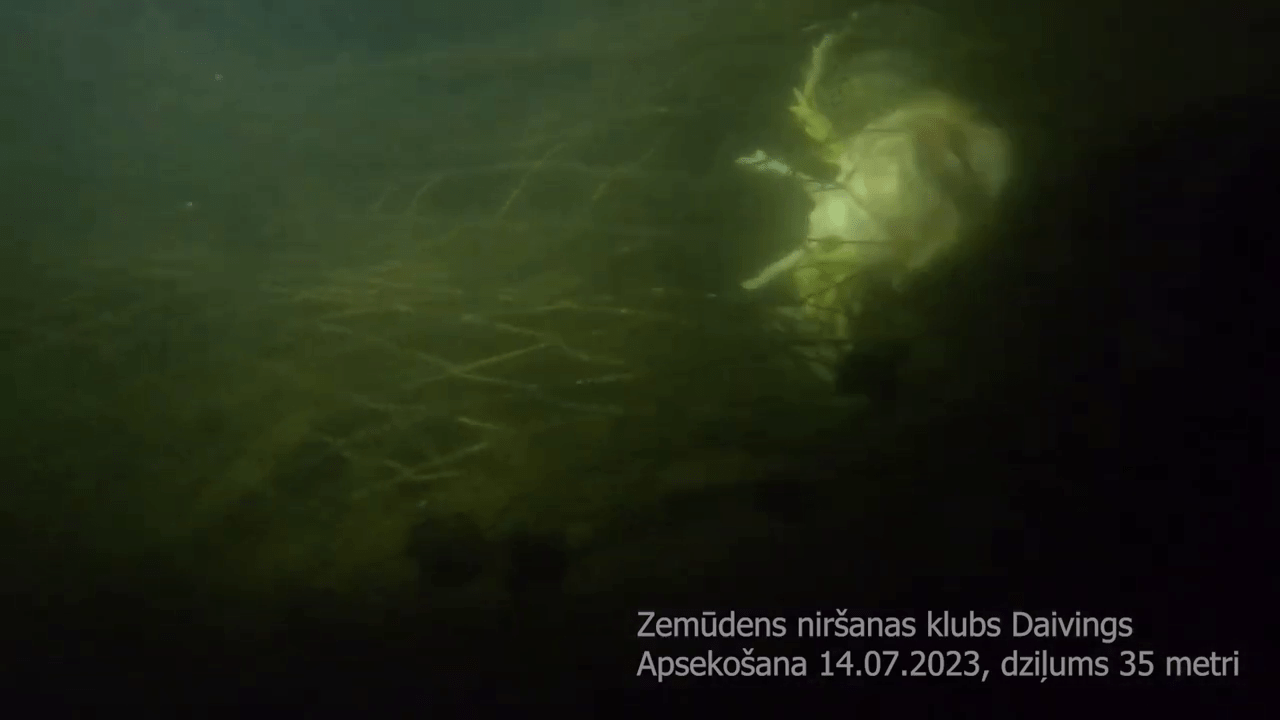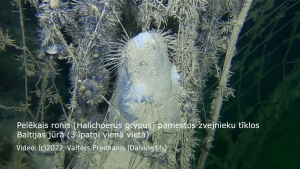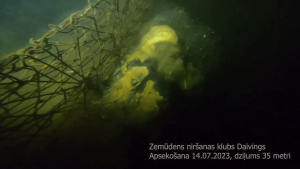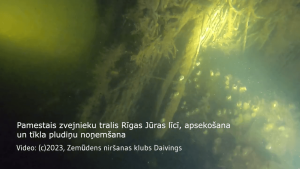The beauty of the Baltic Sea hides a growing concern - ghost nets, which are found in large quantities on the wrecks of sunken ships. These abandoned or lost fishing nets continue to haunt the marine environment, entangling and endangering marine life.
In response to this alarming problem, diving club "Divings", under the leadership of professional diver Valters Preimans, has started to take action to make the underwater world safer. In this article, we will explore the impact of ghost nets in the Baltic Sea, the commendable efforts of Diving to eliminate them, and the innovative methods they are using to combat this underwater menace.
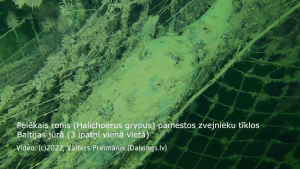
The Baltic Sea is the pride of all Latvians and an underwater nature reserve. Enjoying the sunny summer at the seaside, it is hard to imagine that it could be more perfect. But it could! Because when we look at the waves or at the sunset, we don't see the struggle for life of sea creatures that collide underwater with human-made pollution. Absolutely all the inhabitants of the Baltic Sea are threatened by the nets torn off and lost by fishermen, who continue endless and continuous fishing in the sea.
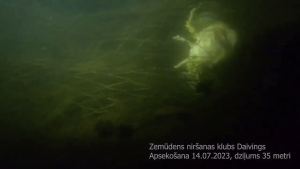
Table of Contents
Seals, salmon and cod in nets. Ghost nets in the Baltic Sea.
Most of the fishing gear that is washed away, lost at sea or left in lakes continues to 'fish'. Because the fishing gear uses synthetic materials that break down very slowly in nature, it continues to work long after the net is lost. After their official "job" is over, nets and other fishing gear continue to "ghost" and catch fish that will never be removed from those nets. This harms both nature and people's economic interests.
Several studies have been conducted around the world on ghost nets, in which their negative impact on water ecosystems has been proven. Fish and other water inhabitants die when entangled in nets. The report, Stop Ghost Fishing Gear: The Deadliest Type of Marine Plastic Litter, explains that ghost fishing gear is responsible for endangering 45% marine mammal species, 21% seabird species and all turtle species, very often subjecting the species to slow death. You can read the report here.
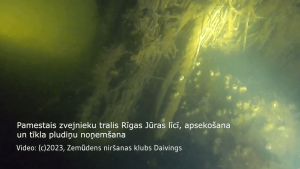
What are ghost nets: the silent killers of the Baltic Sea
Ghost nets are fishing nets that have been discarded, lost or abandoned at sea. Drifting with the currents, they pose a serious threat to marine life. Fish, sea turtles, seals and birds can easily become entangled in these invisible traps, causing injury or death. The Baltic Sea is no stranger to this ecological threat, and the problem requires urgent attention.
"Divings" is a club of professional divers with a mission to preserve nature
Enter "Divings", a passionate and environmentally friendly diving club dedicated to preserving the marine ecosystem of the Baltic Sea. Armed with determination and a sense of responsibility, this club of aquatic enthusiasts is determined to combat the problem of ghost nets.
Diving with a purpose: everyone can participate in the clean-up of underwater nets organized by "Divings".
"Diving" innovative removal methods
To effectively deal with this problem, Diving has come up with innovative net removal methods. Divers from the diving club "Divings" use 500kg lifting buoys and specialized underwater cutting tools to carefully free entangled sea creatures and remove ghost nets safely for divers. The nets collected during these cleanups are later recycled, minimizing the impact on the environment.
Promotion of understanding and cooperation
In addition to cleanups, Diving actively promotes awareness of the dangers of ghost nets through educational programs and community events. They work with local authorities, environmental organizations and other dive clubs to increase their influence and extend their reach in the fight against ghost nets.
The conclusion is alarming- Ghost nets in the Baltic Sea may be a silent threat, but Diving has made a strong commitment to tackling this environmental challenge. Through their dedication, innovative net removal methods and joint efforts, divers are making a tangible difference in the protection of marine life and the preservation of the fragile ecosystem of the Baltic Sea.
The next time you see divers in a blue motorboat in the Baltic Sea, remember - they could just be part of the inspiring Diving team working hard to rid the sea of ghost nets and protect its inhabitants.
References to ghost nets in the Baltic Sea
- "Ghost Nets Worked - A Deadly Environmental Threat" World Animal Protection.
- "Ghost nets: Abandoned, lost and discarded fishing gear" by the Global Ghost Gear Initiative.
- Baltic Eye "How the diving club "Divings" fights ghost nets in the Baltic Sea".
Contacts with the team
- "Ghost nets" project manager - International motor yacht captain and ghost net diving project manager Valters Preimanis, instructor 20s. WhatsApp 220-77-202
- We know the biggest ghost nets in the Baltic Sea, including the torn fishing trawl nets, where thousands of fish and seals die every day. Many networks are designed to stand out in anticipation of funding.

